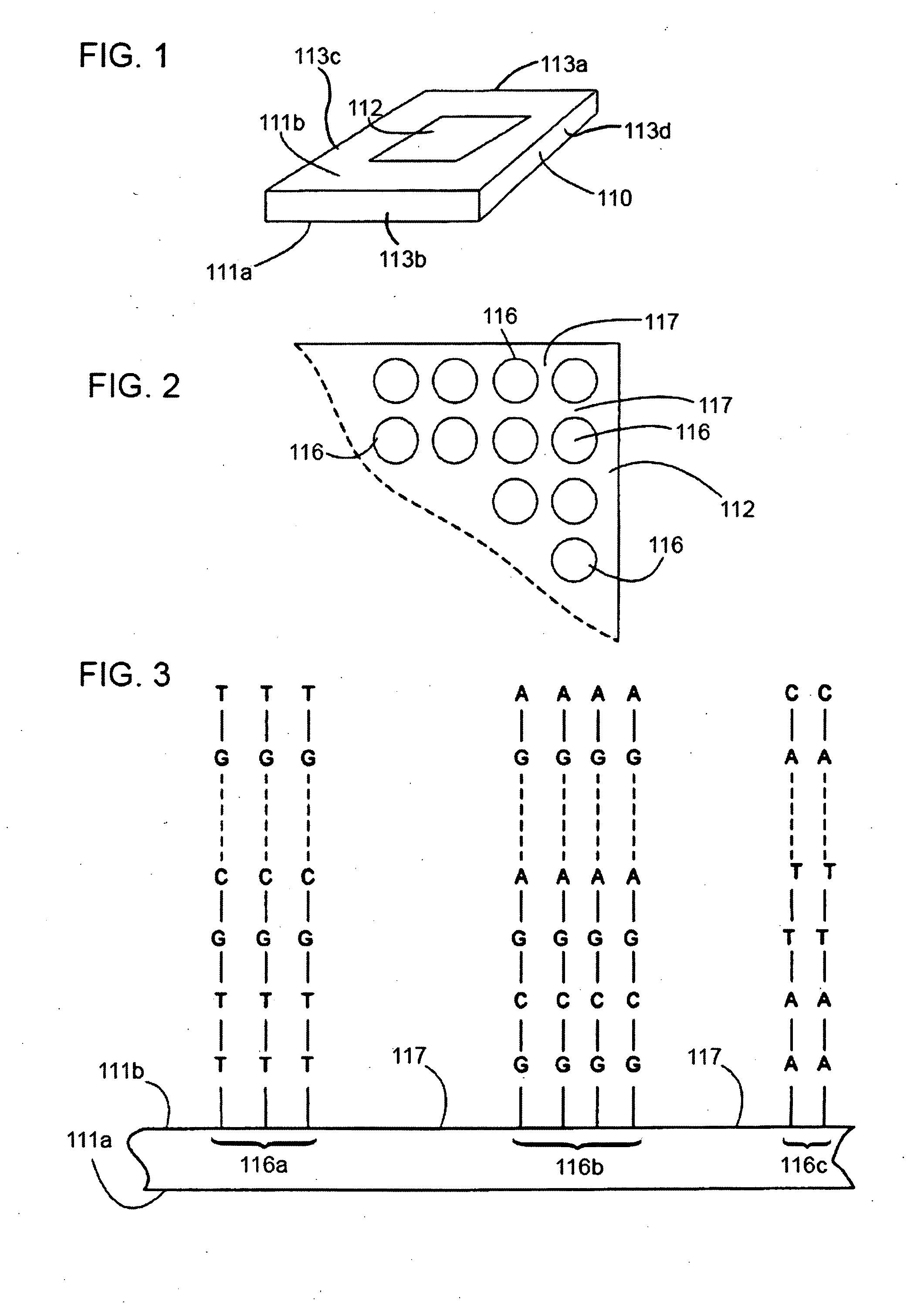Systems and methods for the dynamic generation of repeat libraries for uncharacterized species
a repeat library and library technology, applied in the field of biomolecular probes, can solve problems such as difficulty in avoiding repetitive sequence problems
- Summary
- Abstract
- Description
- Claims
- Application Information
AI Technical Summary
Benefits of technology
Problems solved by technology
Method used
Image
Examples
Embodiment Construction
[0106]Systems and methods for using the same for dynamically generating repeat libraries for use in detecting and for masking out repetitive elements in species having poorly characterized genomes or transcriptomes based on phylogenetic analysis are provided herein. Dynamically generated repeat libraries find use, for example, in the design and use of probes for identification of specific targets in these poorly characterized species.
[0107]Before the present invention is described in greater detail, it is to be understood that this invention is not limited to particular embodiments described, as such may vary. It is also to be understood that the terminology used herein is for the purpose of describing particular embodiments only, and is not intended to be limiting, since the scope of the present invention will be limited only by the appended claims.
[0108]Where a range of values is provided, it is understood that each intervening value, to the tenth of the unit of the lower limit un...
PUM
 Login to View More
Login to View More Abstract
Description
Claims
Application Information
 Login to View More
Login to View More - R&D
- Intellectual Property
- Life Sciences
- Materials
- Tech Scout
- Unparalleled Data Quality
- Higher Quality Content
- 60% Fewer Hallucinations
Browse by: Latest US Patents, China's latest patents, Technical Efficacy Thesaurus, Application Domain, Technology Topic, Popular Technical Reports.
© 2025 PatSnap. All rights reserved.Legal|Privacy policy|Modern Slavery Act Transparency Statement|Sitemap|About US| Contact US: help@patsnap.com



